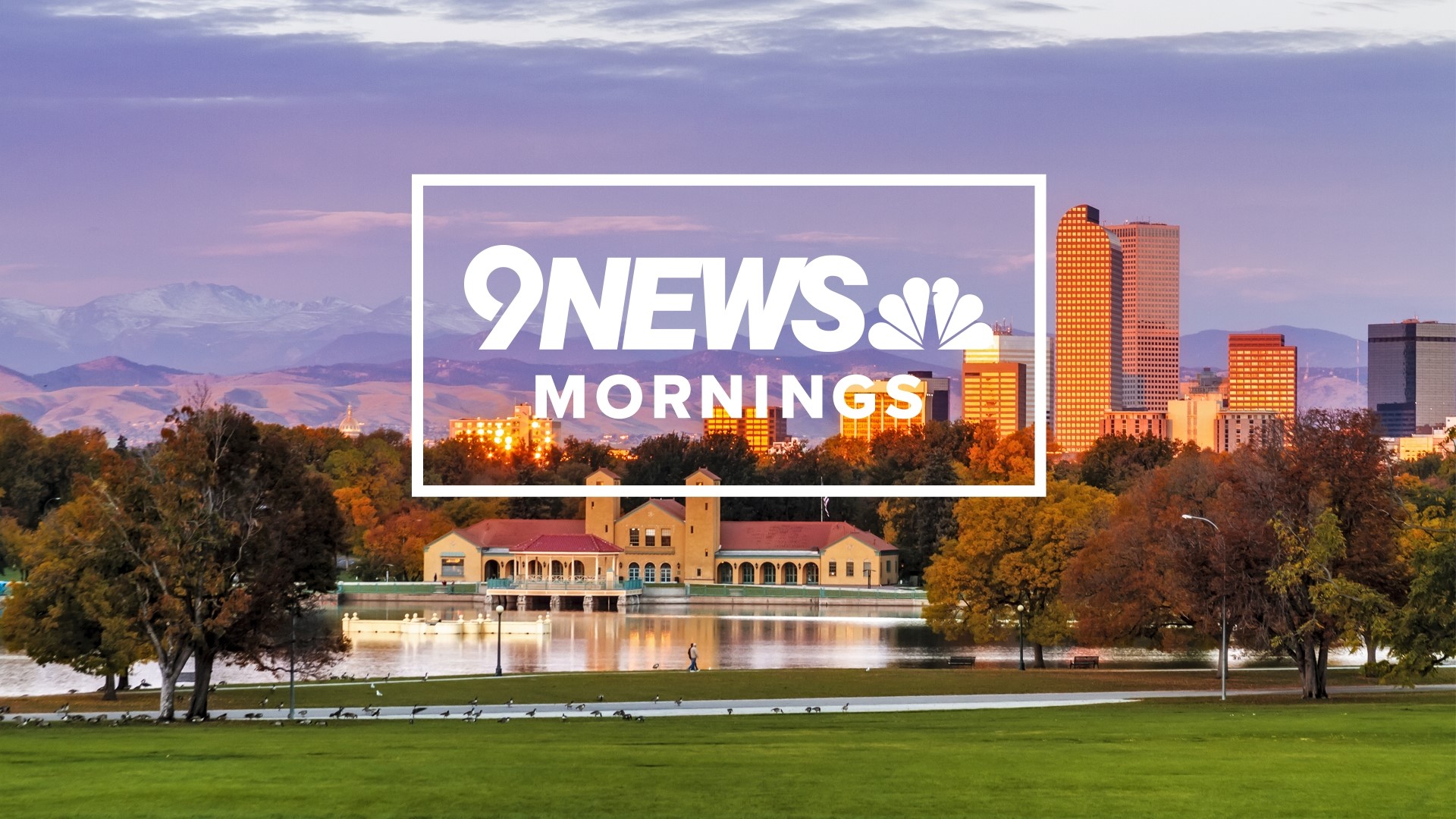Eight photographs of the Fallujah attack, including corpses being dragged in the streets and hanging from a bridge, were transmitted Wednesday by The Associated Press with an advisory to editors to "Note graphic content." An AP photo of the bridge scene, with the bodies clearly visible and celebrating Iraqis posing in the foreground, was used on the front page of The New York Times. "On the one hand, you can't shy away from the news, and the news in this case is the indignities visited upon the victims and the jubilation of the crowd," said Bill Keller, the Times' executive editor. "At the same time you have to be mindful of the pain these pictures would cause to families and the potential revulsion of readers, and children, who are exposed to this over their breakfast table." Similar images were on the front pages of The Miami Herald and the Boston Herald. The New York Sun ran a large photograph on Page One of two hands reaching from a sea of orange flames. The Florida Times-Union in Jacksonville, which has a large military presence, ran a bridge photo on an inside page. An accompanying note told readers that although the pictures were disturbing, the editors felt they were necessary to give a full accounting of the killings. The editors suggested readers not show the photos to children. The Boston Globe opted for a Page One photo of smiling Iraqis standing alongside a burning car, and inside a Reuters photo of crowds using shoes to beat a body that was barely visible. USA Today and The Washington Post also ran that photo on their front pages, while their inside pages carried the photo that The New York Times put on Page One. The Los Angeles Times and Chicago Sun-Times also ran bridge pictures on inside pages, while their front pages showed celebrating crowds. Other papers, including the Sun-Sentinel of Fort Lauderdale and The Blade of Toledo, Ohio, did not use any photos showing bodies. "I felt the story could be told without the horrific pictures to accompany it," said Earl Maucker, Sun-Sentinel editor. "When you have charred corpses that are hung from a bridge you can say that without putting it in front of a reader who really has no choice," Maucker said. "There is no right or wrong answer," he added. "It's a tough one." Blade editors said they were too sensational. "Why inflame the situation any more than necessary? We'd be doing exactly what the Iraqis want," managing editor Kurt Franck said. The four victims, whose names were not released Wednesday, were civilians working for a U.S. security company. Jubilant Iraqi residents dragged two of the charred corpses through the streets and strung them up on a bridge, acts the U.S. government denounced as "horrific." Video of the scene was aired widely on non-U.S. television stations, but American TV producers held back. "Quite honestly, it doesn't need to be seen in full in order to convey the horrors of this despicable act," said Steve Capus, executive producer of "NBC Nightly News." Fox News Channel limited its images to shots of the burning vehicles in which the contractors had been riding -- and to shots of joyous crowds in Fallujah. "We made the call that it was too graphic in nature to put on our air," said Bill Shine, Fox's vice president of production. CBS used some of the graphic footage on its "Evening News" but blurred images of the bodies. Anchor Dan Rather signed on by saying the images were too gruesome even for grown-up eyes. AP Television News footage of the attacks, including the bodies on the bridge and a glimpse of a burned corpse, was carried on news Web sites including The New York Times and The Washington Post. Viewers in other countries got a different picture -- sometimes edited, sometimes not. Arab satellite stations broadcast images of the crowd and bodies throughout Wednesday. Events were reported without editorial comment, though celebrating witnesses were interviewed. A young man told Al-Jazeera, "This is the fate of the infidels." Al-Arabiya used a filter to blur the images of the bodies, though it's not uncommon to see graphic violence and bodies on Arabic television. In Paris, LCI television station showed the footage of the bodies being dragged and hanging from the bridge, without blurring them; London's Channel 4 News broadcast an electronically blurred body being dragged through the street. Shots of the burned and mutilated corpses hanging from the bridge were not obscured. British newspapers printed photos similar to those that appeared in U.S. papers but almost all blurred the bodies. An exception was the International Herald Tribune, which used a bridge photo.
U.S. newspapers publish graphic image of charred bodies in Iraq; most U.S. networks hold back
NEW YORK (AP) - Major newspapers ran graphic photos Thursday of charred bodies of Americans killed in Iraq, while the images were largely shunned by American television as too horrific.

